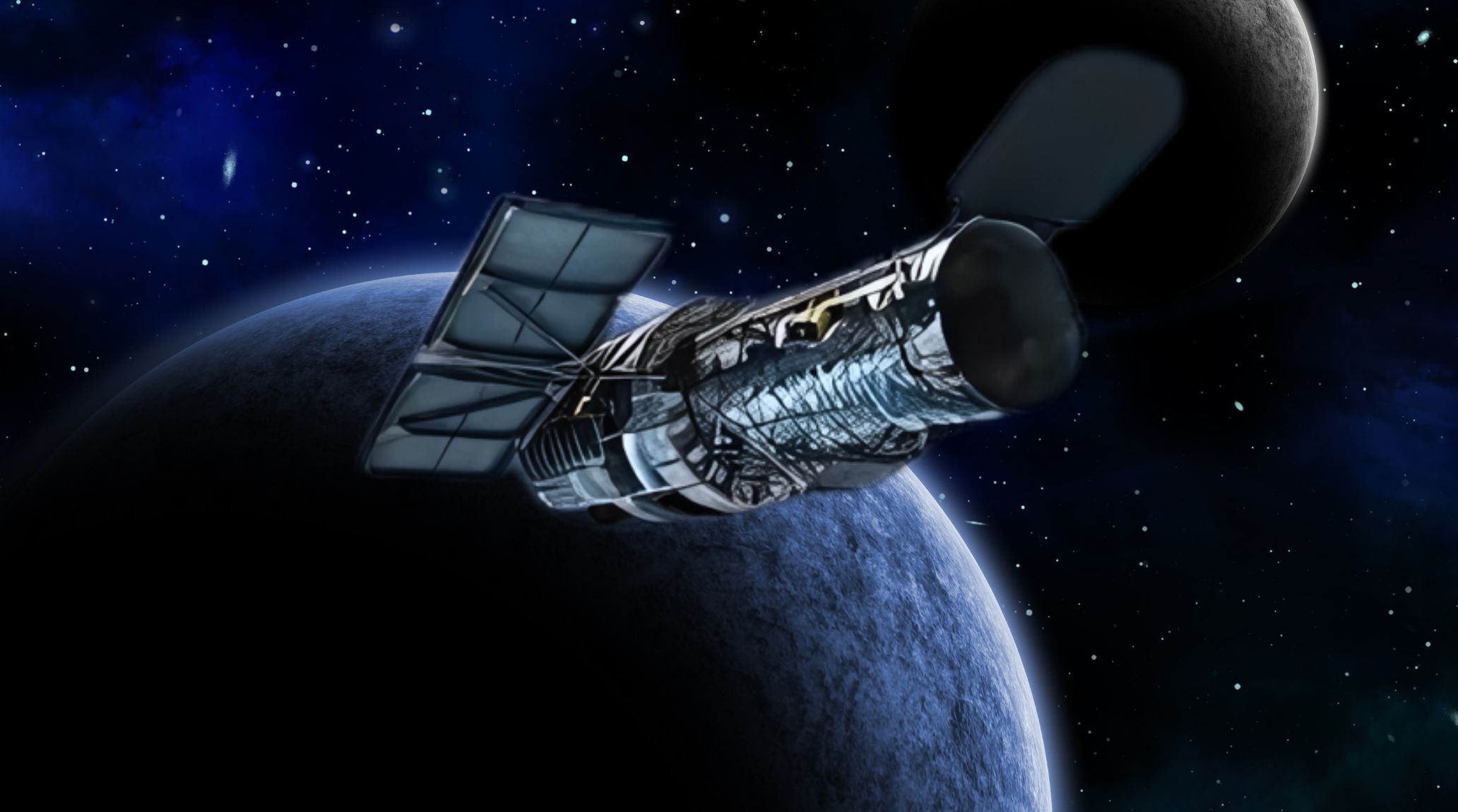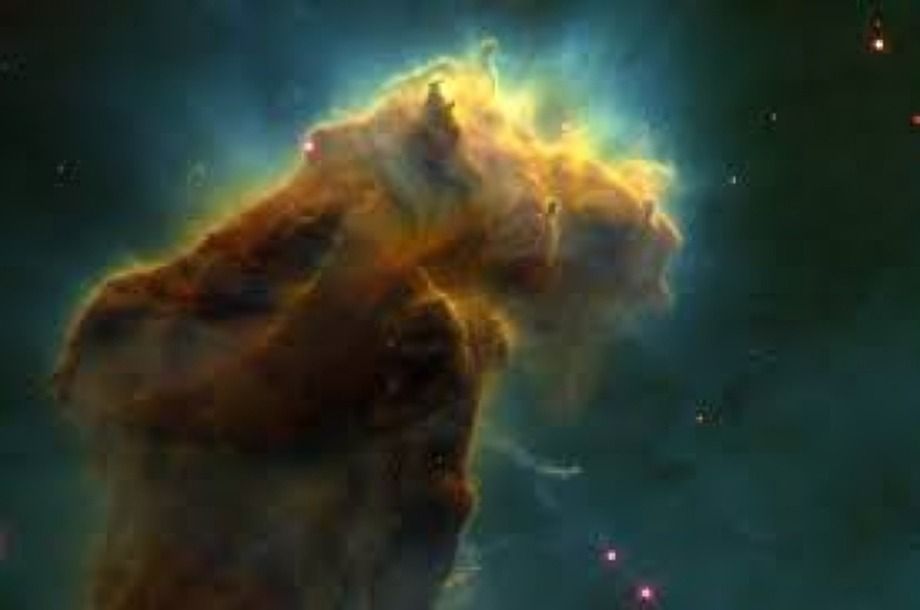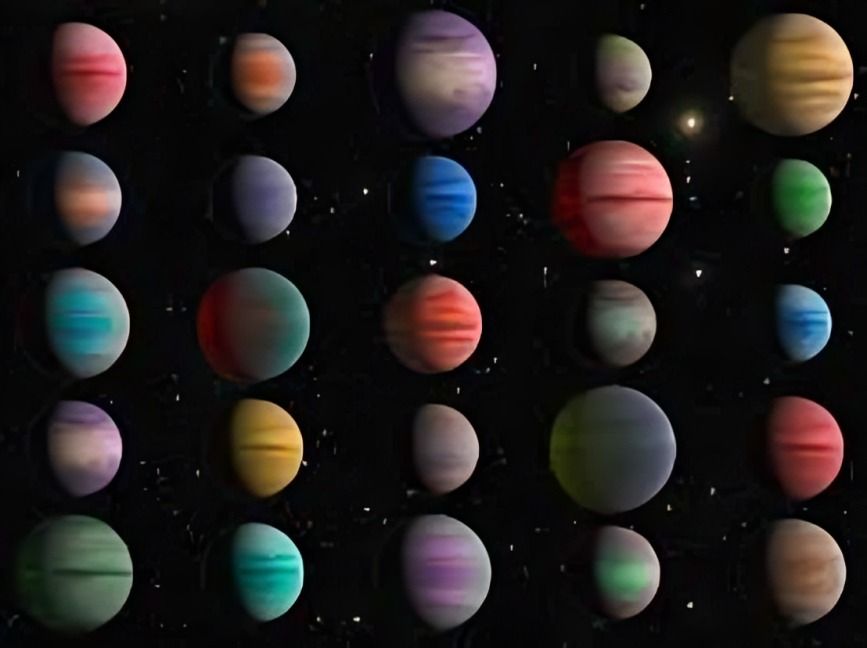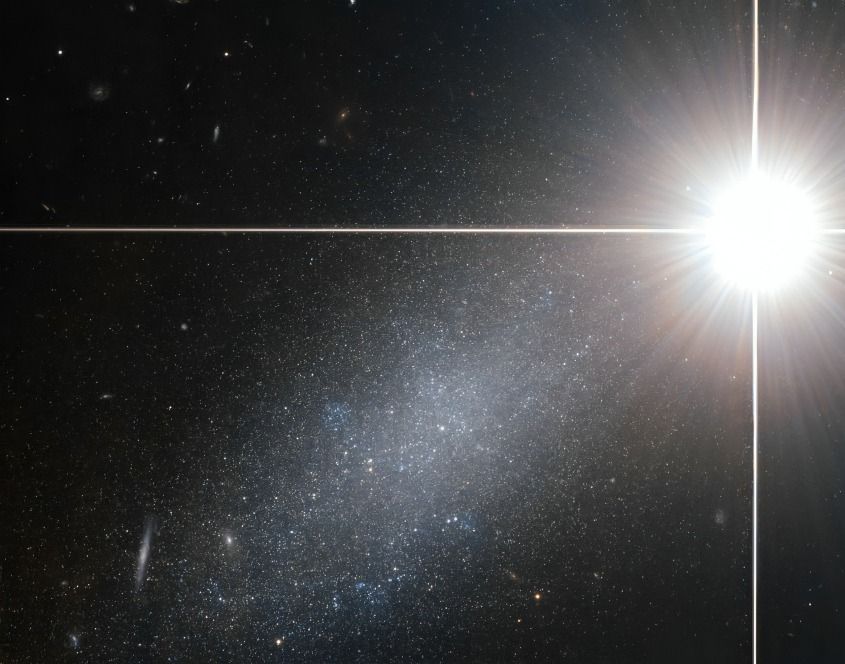
“
The Hubble Space Telescope has revolutionized our understanding of the universe since its launch in 1990. Orbiting above Earth's atmosphere, it has captured stunning images of distant galaxies, nebulae, and planets, allowing scientists to explore space in ways never before possible. This space-based observatory has contributed to major discoveries about the cosmos, from the age of the universe to the presence of exoplanets. In this article, we uncover 20 interesting facts about the Hubble Space Telescope, showcasing its remarkable achievements and the profound impact it continues to have on the field of astronomy.1
1
”
Launched in 1990, the Hubble Space Telescope was the first major optical telescope placed in space, providing unprecedented views of the universe free from Earth’s atmospheric distortion. 1
Hubble orbits Earth at about 547 kilometers (340 miles) above sea level, completing a full orbit roughly every 95 minutes, capturing detailed images during each pass. 2
Named after astronomer Edwin Hubble, the telescope has helped confirm that the universe is expanding, a groundbreaking discovery that transformed our understanding of cosmology. 3
Hubble’s 2.4-meter (7.9-foot) primary mirror allows it to capture faint light from distant galaxies, nebulae, and stars, giving scientists clear images from deep space. 4
The telescope’s iconic images are not actually in "true" color; scientists assign colors to Hubble’s data to highlight specific features, enhancing understanding of cosmic phenomena. 5

Hubble’s first images were blurry due to a flaw in its primary mirror. NASA corrected this in 1993 with a complex servicing mission, significantly improving its clarity.
Hubble has been serviced five times by astronauts, most recently in 2009, extending its life and updating its instruments to keep it on the cutting edge of astronomy. 6
The telescope operates with various specialized instruments, including cameras, spectrographs, and fine guidance sensors, enabling it to observe ultraviolet, visible, and near-infrared light. 7
Hubble captured the famous "Pillars of Creation" image in the Eagle Nebula, which has become one of the most iconic space images, showing star formation in unprecedented detail. 8

Hubble’s observations have led to the discovery of thousands of exoplanets, helping scientists understand planetary formation and the potential for life beyond Earth.
Hubble played a key role in measuring the Hubble Constant, which quantifies the rate of the universe's expansion and is fundamental to our understanding of the cosmos. 9
The telescope’s contributions include studying black holes, including evidence for supermassive black holes at the center of galaxies, vastly expanding our knowledge of these cosmic giants. 10
Hubble's "Deep Field" images, where it focused on a tiny patch of sky for extended periods, revealed thousands of distant galaxies, providing a glimpse into the early universe. 11
Hubble has provided scientists with invaluable data on dark energy, the mysterious force driving the accelerated expansion of the universe, helping shape theories about the universe's fate. 12

The telescope can detect objects as faint as 30th magnitude, which is about a billion times fainter than the dimmest star visible to the human eye from Earth.
Hubble’s instruments are designed to endure the harsh conditions of space, operating in temperatures that range from -250 to +250 degrees Fahrenheit during each orbit. 13
Hubble’s discoveries are publicly accessible, with NASA releasing its images and data, allowing scientists and enthusiasts worldwide to study its observations and contribute to research. 14
Hubble has observed comets crashing into Jupiter, helping scientists understand the impact history of our solar system and the protective role of giant planets. 15
The telescope has a high-resolution capability that allows it to discern details about the size of a dime seen from 200 miles away, showcasing its powerful optics. 16
Originally planned for a 15-year mission, Hubble has exceeded its lifespan, operating successfully for over three decades and continuing to provide valuable insights into the cosmos. 17


